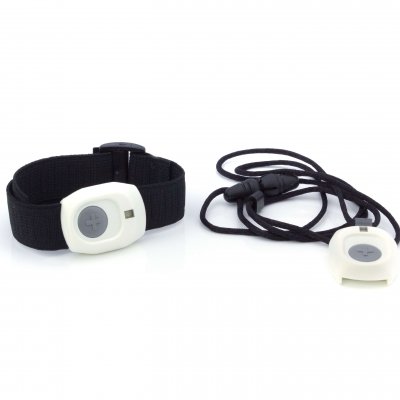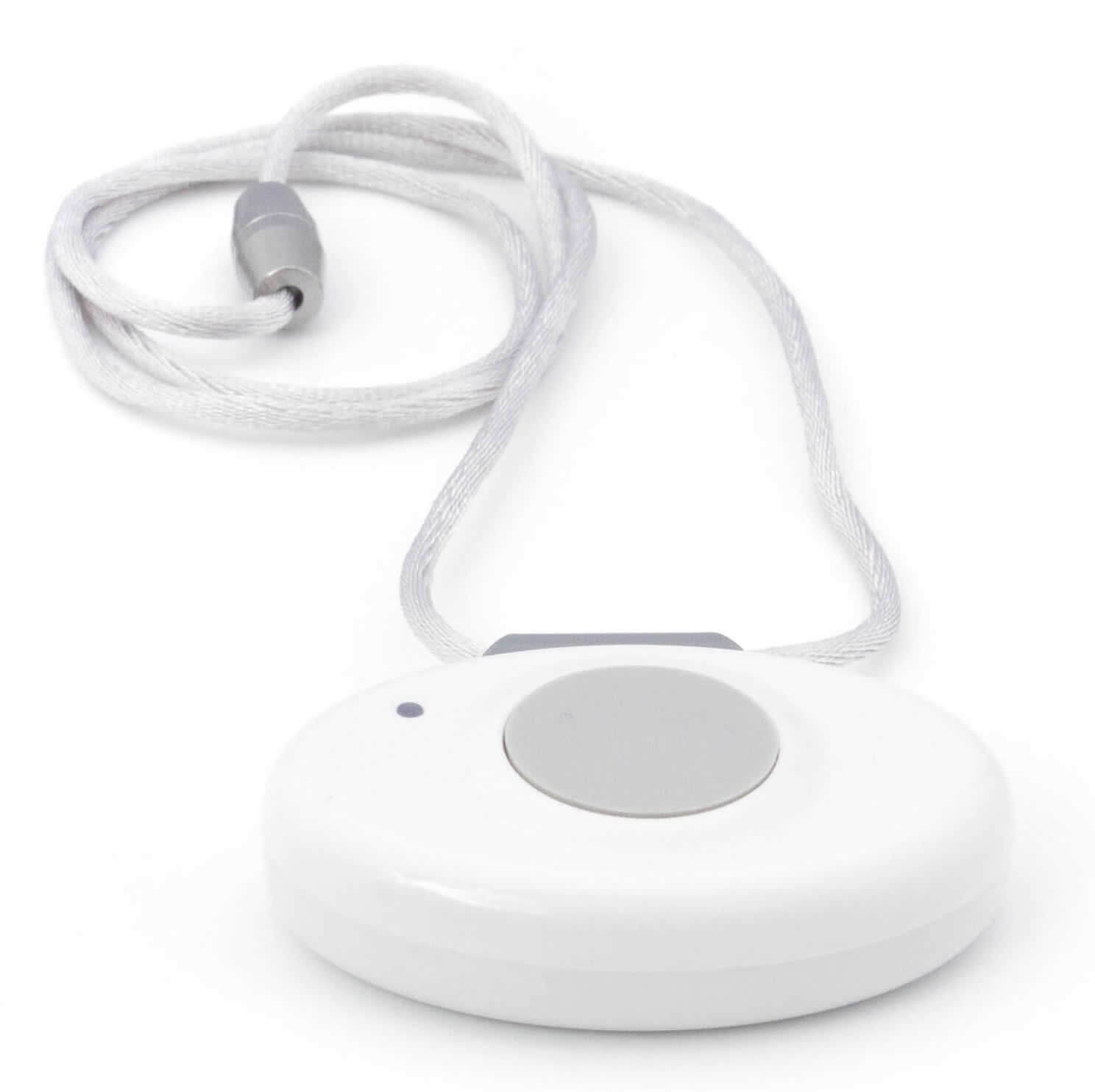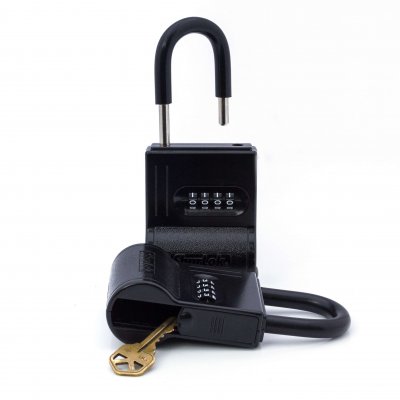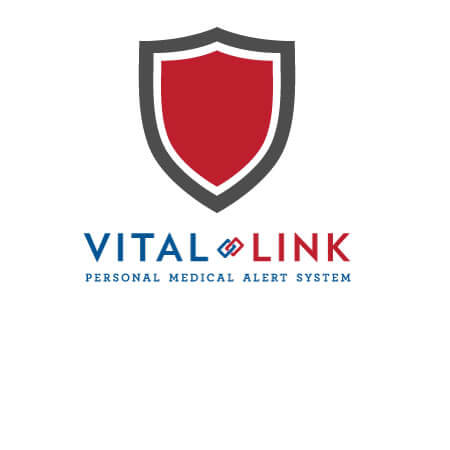These personal medical alarms really can help when you’ve fallen and can’t get up
This rather distinguished 90 year old gentleman was putting his shoes on when his stool collapsed, slamming his head into the doorframe at his suburban Philadelphia home. Bleeding profusely, he called out to his wife several times, but she was puttering around the house and didn’t hear him.
At that point, this proud and accomplished man decided to push the button on his medical emergency alert pendant. Within minutes his wife received a call from the 24 hour medical alarm monitoring center’s operator who said, “We got a medical alert signal. Is anything wrong?” she ran upstairs and found her husband lying in a growing pool of blood. The operator stayed on the line while his wife tried to stopped the bleeding enough to help her husband into the car and drive him to the emergency room.
The medical alarm device really proved its worth. He had worn it every day for several years. His kids and wife insisted that he wear some kind of emergency pendant. By the way, this couples “kids” were in their late fifties and early sixties … they were really two grown children … who knew that Dad was getting frail and his frailty caused them concern .
Personal emergency alert devices, such as the Vital-Link, can help older adults to remain independent and in their own homes. The devices also are reassuring to adult children who know that if an aging parent suffers a fall or, worse, a stroke or heart attack, help and medical attention may be summoned.
But doctors, aging experts and even the staff and ownership of Vital-Link emphasize that while medical alert systems can save lives, the key to their success is a motivated user. The commercial about the old lady who falls down the stairs and yells …”Help, I’ve fallen and I can’t get up” … raised awareness of the problem but also created a stigma. None of the seniors we know wants to be that 80 year old women lying on the floor screaming for help.
Falling and the Fear of falling
Falls among older people are a huge problem. More than one in three adults 65 and older will fall in a given year. Two-thirds will fall again within six months. Falls can result in debilitating injuries such as broken hips and head trauma. Moreover, people who fall and lie helpless for hours or days can suffer serious complications, including dehydration, hypothermia, pressure ulcers, muscle breakdown and renal failure. The elderly mother of one of our clients in Bucks County, PA was discovered alone in her bedroom, dehydrated, injured and barely conscious a full day after she suffered a fall and stroke last year..Because of the delayed discovery, she had missed the window in which strokes can be aggressively treated to minimize or counter the effects of interrupted blood flow to the brain. Before the stroke she had no serious health conditions but now has to live with her daughter and son in law. Moreover, the fear of falling, even without ever actually falling, has its own serious consequences. Seniors who fear falling may restrict their activity. This, in turn, creates premature physical and functional decline, which increases their risk for falls.
The first medical alert systems were introduced in the mid-1970s and were relatively simple push-button devices worn on the wrist or around the neck. Typically, the device would alert a 24-hour call center in the event of an emergency and allow wireless two-way communication. In addition to Vital-Link, many of these systems are still on the market, including ones from Life Alert, Lifeline and ADT .
Lingering Stigma
It’s real easy to sabotage the value of these emergency alarm devices for seniors. They are a great tool … but any medical alert device needs to be embraced by the user. It is not uncommon for a Vital-Link client to have a fall while the device is hanging on the bed rail or sitting on the dining room table. This is why it is important for senior safety to have the user enrolled in the process and have their agreement before getting an emergency response system for one of your loved ones. The bottom line is … if a medical alarm is forced upon an at risk senior … they will likely not wear it and it will not be available at the time of a medical emergency when it would really be needed to provide true senior safety.
Indeed, in some number of falls, push-button medical alarm pendants or medical alarm bracelets are never activated. Reasons include forgetfulness, panic, trauma or simply not wanting to bother others. There is also some resistance and even nonuse of medical alert devices, even after a senior has experienced a fall. The newer personal emergency response systems are designed to overcome most if not all of these barriers, and possibly any lingering stigma attached to their use. Many of the recent devices on the market are sleeker, lighter and less conspicuous.




